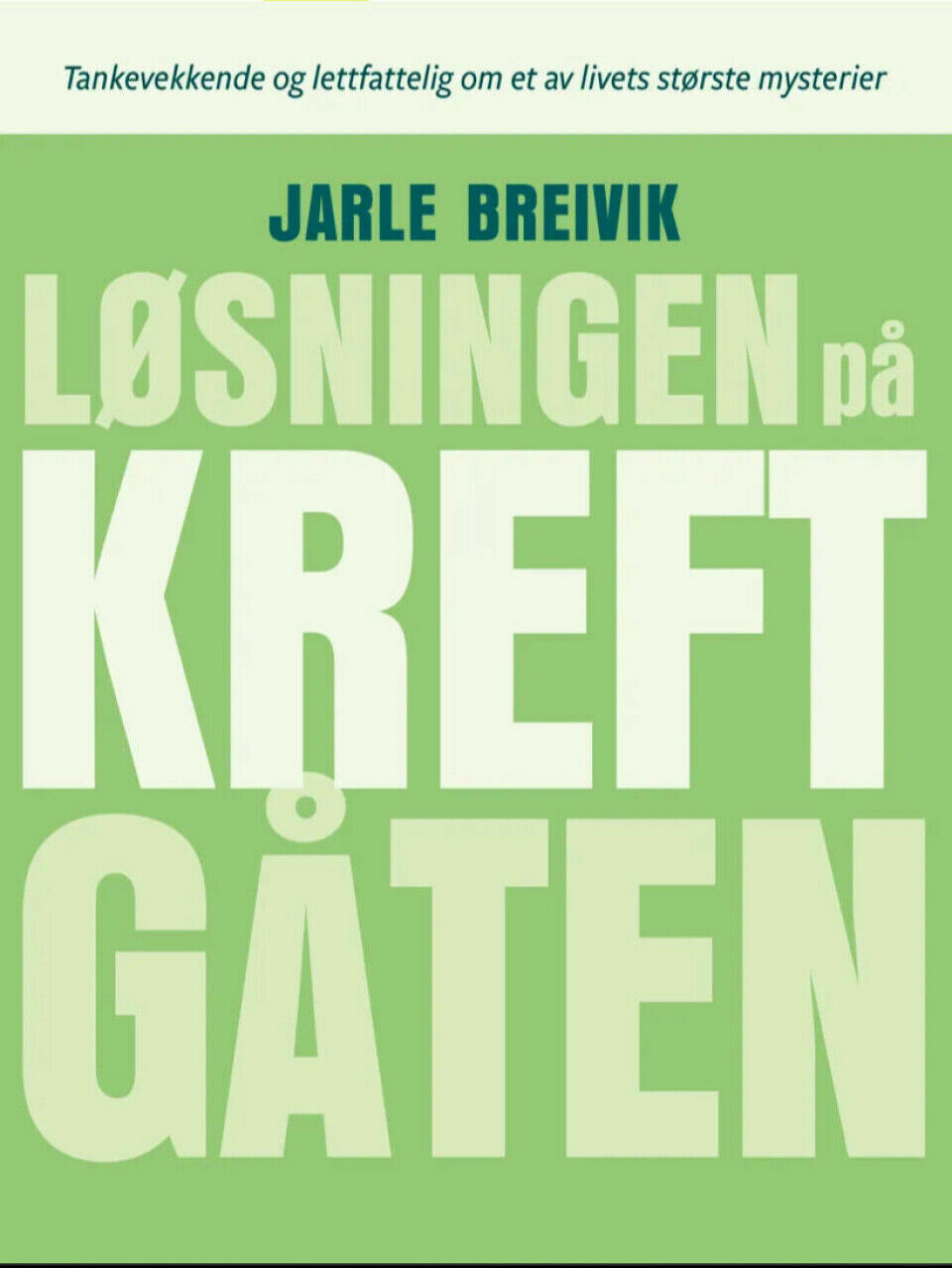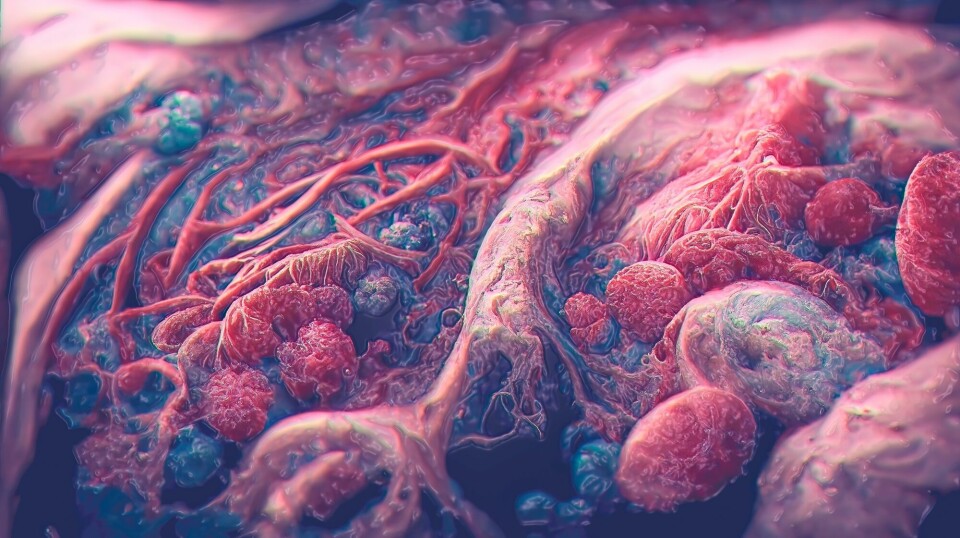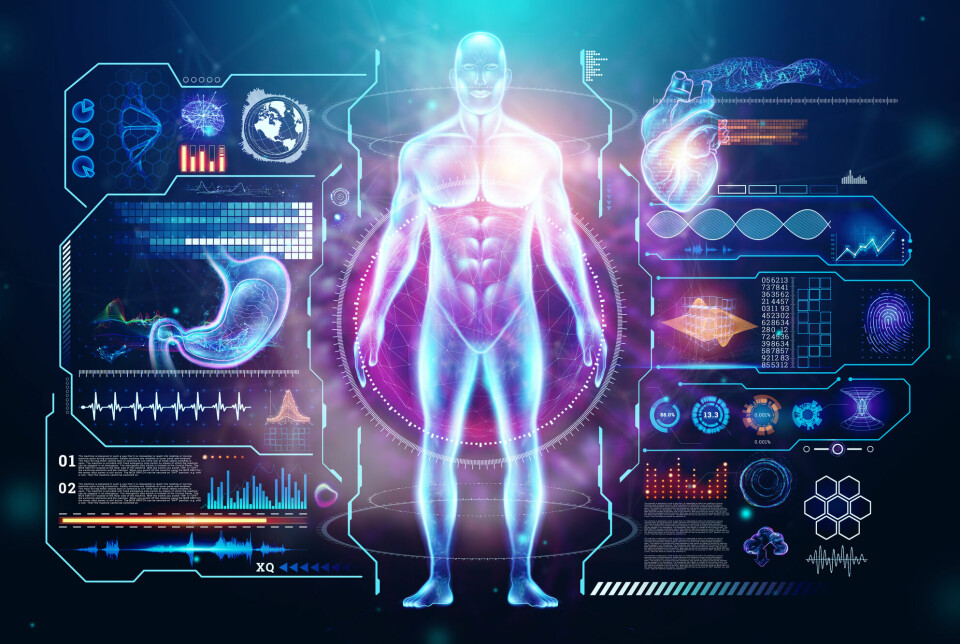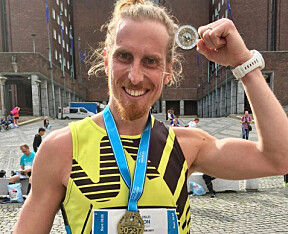
Is there a solution to the puzzle that is cancer? The fundamental problem is how our body is constructed, one professor says
The better the treatment, the more cancer there will be in the population.
Jarle Breivik is critical of claims that we are approaching ‘the solution to the cancer puzzle.’
The solution to the puzzle is not what we think it is, Breivik, a professor of medicine, says. In a book with the name ‘The solution to the cancer puzzle’, he explains the fundamental cause of the disease and why a society completely without cancer is perhaps not something we should wish for.
New advances are constantly being made in cancer treatment. Fortunately, twice as many people survive their diagnosis today as did 50 years ago, according to the Norwegian Cancer Society.
But that doesn’t mean that we are about to be rid of this plague. It is estimated that the number of cancer cases will increase as we approach 2030. This is because the population is growing and the proportion of elderly people is increasing.
“The better we get at treating cancer and other diseases, the longer we live, and the more cancer there will be in the population,” Breivik said.
This is the paradox, because cancer is closely linked to ageing and to the history of how our biology has developed over time, according to the Professor.
Breivik is head of department at the Department of Behavioural Medicine at the University of Oslo.
Cancer is cruel
Why does cancer even exist? Why are our own cells suddenly transformed into something resembling a monstrous parasite that destroys the body from the inside?
‘Let's say it like it is: Cancer is cruel,’ Breivik writes in the book.
He remembers his first encounter with cancer.
As a young medical student, he was carrying out a dissection at the Department of Anatomy at the University of Oslo.
“We were assigned a large, old man who had donated his body to science,” Breivik said.
Over several weeks, Breivik and his fellow students worked their way through various parts of the body with scalpels, scissors and tweezers.
“It was a fascinating journey where we were constantly surprised by how ingeniously the body is organized,” recalls Breivik.

But a little way into the chest cavity they discovered something that didn't add up.
Greater risk with age
The nerves and blood vessels disappeared into ‘a grey shapeless mass’. The trachea and oesophagus were surrounded by the same stuff.
When the students put their scalpel into this tissue, it made a crunching sound, as if they were cutting sandstone. It was cancer.
The tumour had arisen in the intestine and then spread to other organs, such as the lungs and lymph nodes in the chest cavity. The cancer had grown wild, Breivik writes.
Cancer develops from the body's own cells, and the chance of the cells running wild increases with age.
You don't necessarily die from it, but with it.
‘A centenarian who has not been diagnosed with some form of cancer has probably just not been examined well enough. And that is probably the best for all parties,’ Breivik writes in his book.

That which copies itself
The fact that we age and get cancer is due to how the human body has been developed over millions of years of evolution, explains Breivik.
Life, and how it has evolved and developed, is driven by the ability of genes to copy themselves.
It started with small proto cells. Through evolution, genes developed increasingly better and more advanced ways of copying themselves.
Cells began to cooperate in large colonies and formed advanced organisms such as animals and humans. This was driven by the fact that the organisms that were best at reproducing and surviving passed on their genes.
“We often talk about ‘our’ genes. But really, we are ‘their’ body. They have developed ways to ensure we copy them on to the next generation,” says Breivik.
A dead end for genes
The most fundamental reason why humans and animals get cancer because of the way our genes go in two different directions a few days after fertilization, Breivik said.
While one copy of the genes is carried by germ cells on to the next generation, another copies itself to all the cells that form the skin, skeleton, brain and all the other organs in the body.
The body cells are a dead end for genes, because sooner or later they will die. Only the genes that accompany the germ cells are passed on.
“The body's cells are like an ant colony with soldiers and worker ants who do the work so that the queen ants, the germ cells, will continue and make new anthills somewhere else,” Breivik said.
No advantage to be 200 years old
There’s no genetic advantage for the body to live for 200 years.
“As soon as we've had children, we've pretty much done what our genes have created us for. But since children need a lot of follow-up and care, it’s clearly an advantage for parents to live long enough for their offspring to take care of themselves,” Breivik said.
Some studies show that having grandparents can also be a biological advantage.
“But having 16 surviving great-great-grandparents, who also need food and care, is not necessarily an advantage for the gene's ability to copy itself and pass itself on,” Breivik said.
Lots of opportunities for error
Our cells are therefore genetically programmed to die and waste away as we age.
Cells that have errors in this program develop into cancer, Breivik says.
We have 30 trillion cells, all of which contain two metres of DNA, which again consists of six billion nucleotides. These are the "letters" in the genetic code that must all be copied every time a cell divides.
As we age, more and more errors can crop up in the copying of the code.
The genes have developed several control mechanisms to prevent us from developing cancer early in life, including DNA repair, programmed cell death and immune cells that attack and kill cancer cells.
But some cells trick these mechanisms, survive and gradually develop into cancer.
It is always the "smartest" cells that survive, and Darwin's principle of evolution by natural selection also applies inside the body, Breivik said.
“As soon as they get a chance, they copy themselves. Cancer is precisely the opportunity the genes in the body's cells have to copy themselves for as long as they can,” he said.
As with other brutal realities in nature, no malice is involved.
“Genes are simply indifferent,” Breivik said.
How far should we go?
So what do we need to solve the cancer puzzle? Breivik says there are two possibilities, in principle.
“The fundamental problem is how our body is put together, which is as a temporary cell colony that will pass its genes on to the next generation,” he said.
The first possibility is therefore to make the body ‘immortal’ using biotechnology, Breivik said.
“This may sound a little utopian. But we are developing increasingly advanced technologies to reprogram or replace the cells in the body as they age,” he said.
For example, work is being done to grow new organs in laboratories and to find medical treatments that slow down ageing.

Transhumanism
In principle, cancer could be avoided by constantly renewing the cells in the body, according to the professor.
“It will hardly be cheap, and one can wonder what kind of world we will live in if no one dies. Or will the rich become immortal, while the poor die as early as before?” Breivik asks.
At the same time, it is not necessarily the body that we are most concerned with taking care of. It is the soul, or self, that we really want to take care of.
The problem is that the body takes our identity with it in death. The second — and ultimate — solution would therefore be to get rid of our bodies and move into the digital world.
“Today's developments in biotechnology and artificial intelligence are redefining what it means to be human. But where are we really going?” asks Breivik.
He warns that ‘the solution to the cancer puzzle’ could be the end of humanity as we know it.
“This is because we are actually the problem,” he said.
Enjoys intellectual challenges
Lars Andreas Akslen is a cancer researcher and professor at the University of Bergen.
He says that the understanding of cancer that Breivik presents, about how the body is put together and our history of development, is not particularly controversial.
“I think there is a lot of sense in this explanation,” he said.
He agrees that there will probably be more cancer in the future as life expectancy increases.
“If you imagine that we have the constant pressure from environmental influences, then I think it is a completely logical prediction that there will be more cancer in society as a whole as people get older,” he said.
Possibilities and problems
What Breivik writes about as the ‘solution’ and future possibilities with biotechnology is a serious problem that has more to do with just cancer, Akslen said.
There is great development potential going forward in this vein, which can affect both our susceptibility to cancer and other diseases, he said.
“This is an extensive problem both when you look at ethics and the economy — and that the elderly will ‘displace’ the young,” he said.
Many advances
Akslen points out that the increase in cancer cases applies to many, but not all types of cancer.
“Just think of cervical cancer, which has a curve that goes completely the other way as a result of screening and the HPV vaccine programme,” he said.
The incidence of stomach cancer has fallen sharply as the ulcer bacterium has become less common and can be treated effectively.
There’s also been constant progress on the treatment side.
“This is what the whole world is working on, finding ever new and ever better treatment regimens that can do one of two things, either remove the cancer cells completely or keep the disease in check,” Akslen said.
“There are a number of examples of this. Just think of childhood leukaemia and testicular cancer, which used to be fatal diseases, but now the patients can be cured,” he said.
Other treatments can keep the cancer at bay.
“Breast cancer is one example, where many people can live many, many years with this as a chronic disease,” he said.
No easy solution
“My experience after being in this field for a long time is that you never really know where the advances will suddenly come from,” Akslen said.
He doesn’t think we will find one solution that will make cancer no longer a feared disease. The multiple forms of cancer are too different for that.
Evolution takes place in a cancerous tumour, much like how bacteria and viruses change and evolve to bypass antibiotics or vaccines.
“This is the frustration with cancer and cancer treatment. It's so unpredictable. Cancerous tumours are like a kind of evolutionary magicians that constantly try to find new loopholes in the fight against the host organism,” he said.
Translated by Nancy Bazilchuk
———
Read the Norwegian version of this article at forskning.no






































